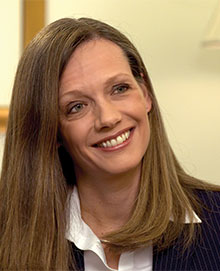SREYNITH HAK, 25, MOVED to Phnom Penh eight years ago to pursue a bachelor’s degree in media management. Cambodia’s capital offered her much more opportunity than the small town where her parents and siblings still live. “I can see more of the world; I can do what I want,” she says.
Together with millions of young people like her, Hak is shaping the future of Southeast Asia, one of the world’s fastest-growing regions and home to 643 million people. From the city state of Singapore, to the vast and sprawling archipelago of Indonesia, the ten countries that make up the Association of Southeast Asian Nations form a vibrant and diverse community.
Southeast Asia has lived through devastating financial crises, armed conflicts, and untold natural disasters. And yet it has managed to leverage the possibilities created by globalization to build competitive economies that play a vital role in the global supply chain, lifting millions of people out of poverty.
As the IMF prepares to hold its annual membership meeting in Indonesia, we take a deep dive into the region. We look at the multitude of challenges facing ASEAN countries, including the very real threat posed by climate change, the rapid aging of society, human trafficking, and geopolitical shifts. And we discuss the exhilarating opportunities presented by digital technology, the integration of women into the labor force, and closer collaboration within the region.
“With the right policies, Southeast Asia can rely on the creativity, resilience, and dynamism of its people to meet those challenges,” writes Chang Yong Rhee, director of the IMF’s Asia and Pacific Department.
For young people like Hak, the future is bright. But she knows she will need to persevere to be successful. “I have my own timeline, my own clock,” she says. “I want to prove to people that I can do it—maybe even better than some guy.”
Opinions expressed in articles and other materials are those of the authors; they do not necessarily reflect IMF policy.









